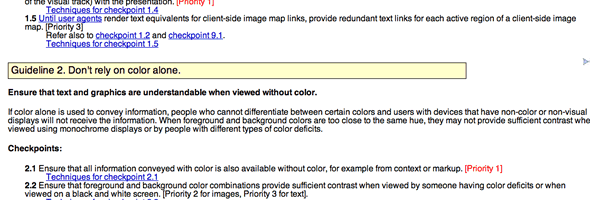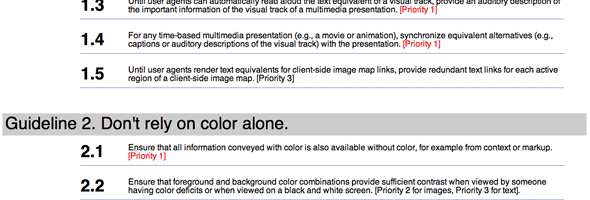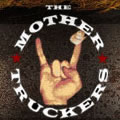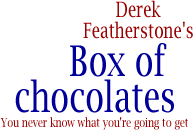5 Lessons in Blog Advertising
Ah, to advertise or not advertise, that is the question.
Snook posted about his “SideBar Ads” from the gang at SideBar Creative the other day, and it reminded me of the different things I tried here on my blog. Over time I’ve had two different iterations of ad support:
- simply running Google Ads; it worked reasonably well
- text links; ultimately I removed them and got out of the text link game.
I may or may not go back to it, but I thought I’d put a few ideas out there as to why I got out.
Lack of Automation
Lesson learned: ensure that all payments to you are done through some type of automation — even a simple recurring PayPal payment would sort this out.
The problem I had with automation was very simple: the group that had placed text link ads on this site wasn’t fully automated. While their side of things was in terms of placing the ads on the site, they weren’t automated in terms of payment. For a stretch, I went 6 months without receiving a payment.
At that point, I had to simply ask “what’s the point?”
Ease of Integration
Lesson learned: just like any project, get the requirements from the client first, have them look at a prototype to see if it meets their needs and revise your ad integration code.
Placing the code on the site was easy as pie.
The first time.
After that, there were several emails where requirements seemed to change: “Can you please add this bit of code here?” or “We need you to add an image before your code and it has to be something like this.”
Yes, I’m being kind of vague, but my impression of what happened is that they put something out there and then were responding to requests from their advertising clients in order to make them happy. And by doing so, they were actually making me unhappy.
Organization
Lesson learned: do everything you can to provide just one point of contact for site owners so that we are not left wondering who to contact.
Over the course of running the text ads, I had contact with at least four different people and it was very unclear to me which person I should be contacting at any given time.
Account manager? I honestly can’t tell you. Should I contact their tech person or someone else if I have integration problems? What about payment issues? account manager or the accountant?
It was completely unclear to me and it contributed to my overall dissatisfaction with the entire experiment.
Value
Lesson learned: If the ads aren’t of value or relevance to your audience, there isn’t much point.
Ultimately there was no value in it for me as I wasn’t getting paid. That aside, what really concerned me was that there was zero value in it for the readers of this site. Zero.
I like what Snook and others have done – the ads that they run are relevant to the industry, not simply text ads that appear to be there for page rank purposes.
If you can provide relevance, then you can provide a good reason for the ads to be there. If you can’t, in my opinion, it isn’t worth it. Even simple Google ads are great at attempting to deliver on the promise of relevance.
Spamalicious
Lesson learned: if it looks like spam (even if it isn’t) it is still spam in the eyes of readers. If you’re going with Text Link ads, make sure it doesn’t look like your site has been hacked — you need to integrate it into the site so that it looks and smells like and ad. It needs to be obvious!
James Craig said to me “Dude, your site has been hacked – there are all kinds of spam links in the footer.”
That sealed the deal for me. I needed to get out of this advertising gig for now.
My page rank had dropped quite a bit, though I can’t say for certain it was because of the text link ads, I wasn’t getting paid due to the lack of automation, and ultimately I questioned the value of the ads for anyone reading the blog.
Interestingly, I received an email from the text link company saying they could help me get my page rank back. Their solution? Send a message off to Google explaining things and resubmit the site using Google’s Webmaster Tools. In their “instructions” on how to go about doing this, they mentioned that several of the sites that they had in their ad network had similar Page Rank problems! Here’s another excerpt that made me cringe:
Please note that this form is usually used for webmasters that may have been involved in “black hat” SEO techniques and have “spammed” the engines to some degree and been blacklisted. Although that is not the case with your site, you still use this form to resubmit your site to get your page rank back.
Ah, right.





